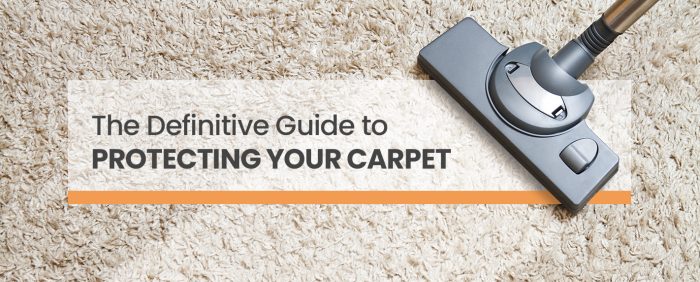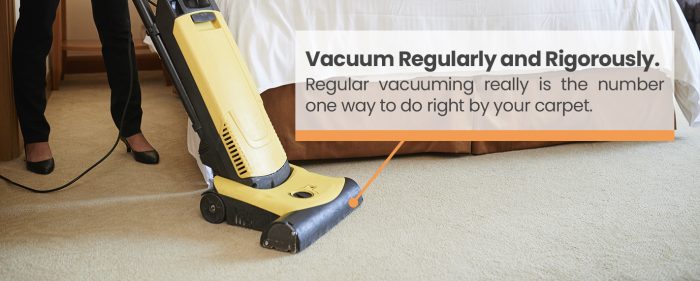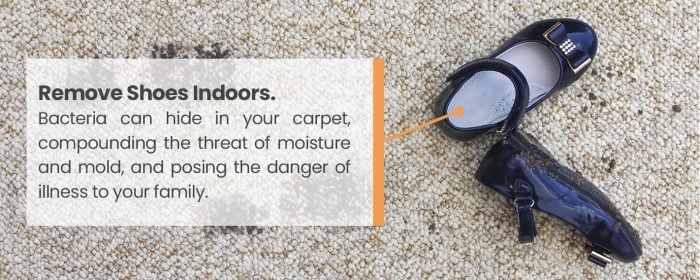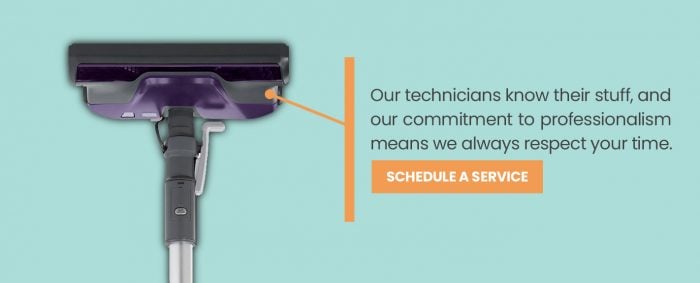After a long day of work, school or whatever occupies your day, kicking off your shoes and taking that first step onto your luxurious carpet is its own reward. Of course, that’s only true if you make the effort to maintain your carpet throughout its life. Despite being a fixture we use every single day, carpet is often one of the most overlooked parts of a home.
Many people view carpet as a utility with a very basic function, but it does more than you may realize. In addition to a soft walking surface and a basis for your unique interior decorating style, carpet provides some more practical advantages over other flooring types, such as:
- Safety: Sliding around in sock feet a la “Risky Business” has its own undeniable charm, but the novelty tends to disappear after the first face plant. For kids and seniors, hardwood or laminate floors add an unnecessary element of risk to the simple act of walking around. Carpet offers a much grippier surface and prevents falls — as long as its pile is properly maintained.
- Acoustic Dampening: Wood and laminate floors are loud, especially when used on the second story of a residence. Carpet absorbs the sound waves from your TV, barking dog or stereo rather than bouncing them off of a hard surface back into the air. With an underlying pad, the acoustic dampening power of carpet amplifies.
- Insulation: Have you ever experienced the harrowing journey to get a glass of water on wood floors in the middle of the night? Even when wearing socks, you’ll know it’s cold. Carpet provides significantly better insulation of an indoor space, and your feet will feel the difference — especially in a climate with harsh winters.
- Air Quality: Carpets often get a bad rap from purveyors of other flooring materials for the fact that they trap dust and allergens. That doesn’t sound like a good quality at a glance, but when you think about it, you realize one crucial piece of context: If dust and allergens don’t get trapped by carpet, they’re just floating around in the air you breathe!
Carpet traps the stuff you don’t want to breathe in and keeps it there until you extract it with your routine vacuuming.
These advantages only apply if you’re properly maintaining and protecting your carpet. Flattened carpet pile from lack of cleaning becomes slippery over time and also reduces dampening, and insulation as the material compresses.
You won’t see any benefits to air quality if you let your carpet accumulate allergens and dust without cleaning it out regularly. Taking care of your carpet will help it last longer and continue providing these benefits along the way.
Five Ways to Protect Carpet
Once you’ve decided to invest some more time in keeping your carpets good-as-new, you’re probably wondering where to start. There are several ways to provide preemptive protection for your carpet, keeping it sturdy and resistant to multiple types of damage or deterioration. Implementing a few of these tips can add years to the life of your carpet floors:






